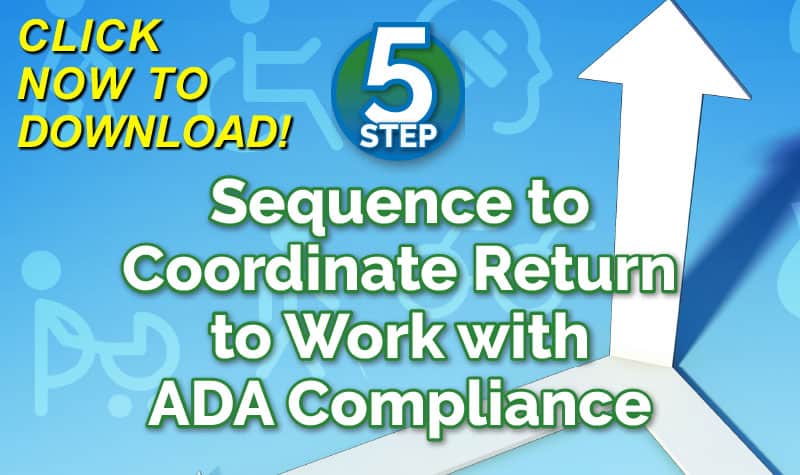The U.S. Supreme Court recently decided in a 9-0 ruling that the African-American plaintiffs in Lewis v. Chicago did not wait too long to sue the city of Chicago, and can proceed with their case. The plaintiffs are a class of African-Americans alleging the Chicago Fire Department’s use of a written entry-level exam to decide hiring pools discriminated against African-Americans. In 1995, more than 26,000 people applied for a position with the Chicago Fire Department by taking a written test.
In January 1996, the City stated applicants whose score fell into the “well-qualified” range, 89 to 100, were chosen randomly to proceed in the hiring process. Those scoring below 65 were told they failed and would not be considered at the time of hiring.
Applicants scoring between 65 and 88 were looked upon as “qualified” but were informed it was unlikely they would become employed. However, they were told their applications would remain on file in the event the “well-qualified” applicant pool was ever used up in the future hiring rounds.
In 1997, Crawford Smith and five other African-Americans whose scores were in the “qualified” range but were not selected for a possible firefighter position, filed a discrimination charge with the EEOC. The EEOC issued them right-to sue letters.
Not long after, they filed a civil action against the City, claiming that “the practice of selecting for advancement only applicants who scored 89 or above led to a disparate impact on African-Americans in violation of Title VII.” The District Court certified a class of over 6,000 African-Americans who took the 1995 exam, received a “qualified” score, and were not selected to advance in the hiring stage.
The City did not contest the fact the scoring system had a “severe disparate impact against African Americans,” but claimed it was a business necessity. The business necessity defense was rejected by the District Court.
Next, the Seventh Circuit Court reversed the decision, stating that the petitioners’ suit was filed more than 300 days after the discriminatory act — the sorting of the scores –and therefore was untimely.
The case was eventually brought to the Supreme Court who ruled in favor of the petitioners, saying their suit was brought in a timely manner. They found that “for disparate-treatment claims — which require discriminatory intent — the plaintiff must demonstrate deliberate discrimination within the limitations period. But no such demonstration is needed for claims, such as this one, that do not require discriminatory intent.” (workersxzcompxzkit)
The Supreme Court also noted that their opinion may cause problems for employers and employees when the situation is reversed, such as in Ricci v. DeStefano where the Supreme Court sided with white firefighters in a bias case.
Author Rebecca Shjafer, J.D. President, Amaxx Risks Solutions, Inc. has worked successfully for 20 years with many industries to reduce Workers’ Compensation costs, including airlines, healthcare, manufacturing, printing/publishing, pharmaceuticals, retail, hospitality and manufacturing. Contact her: RShafer@ReduceYourWorkersComp.com or 860-553-6604.
WC Books: http://www.reduceyourworkerscomp.com/workers-comp-books-manuals.php
WC Calculator: http://www.reduceyourworkerscomp.com/calculator.php
Do not use this information without independent verification. All state laws vary. You should consult with your insurance broker or agent about workers’ comp issues.
©2010 Amaxx Risk Solutions, Inc. All rights reserved under International Copyright Law.



